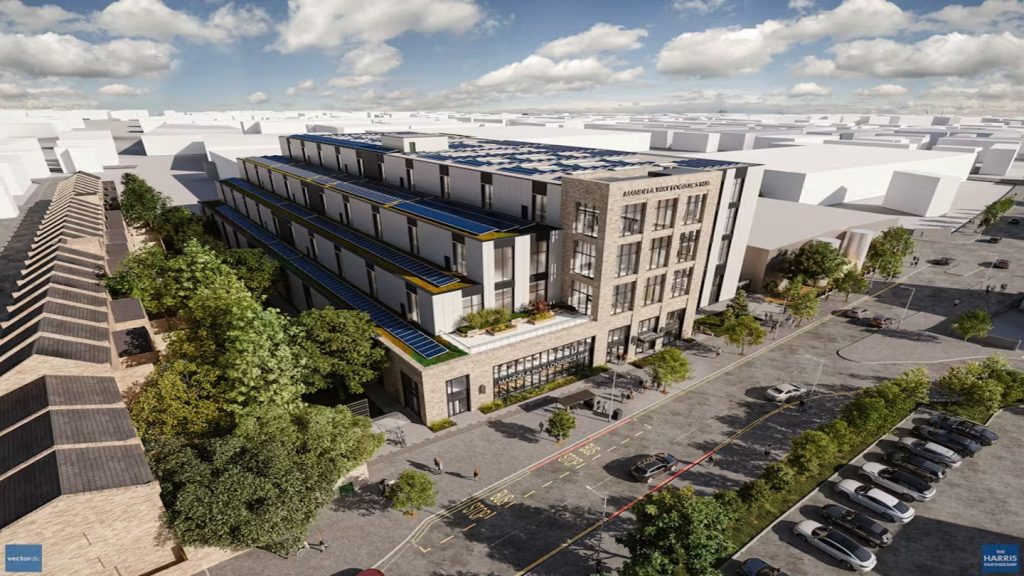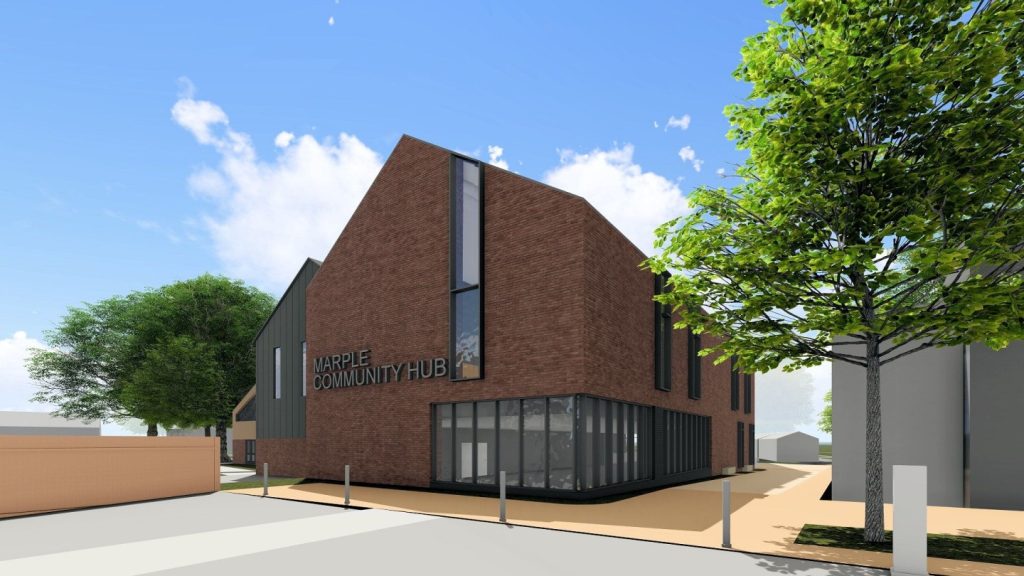A once bustling seaside retreat, Margate spent most of the last twenty years as a down-at-heel town. However the new Turner Contemporary gallery, which opened in April 2011, offers an opportunity to revive the town.
Margate needs it. According to the British Urban Regeneration Association, Margate has been used as a ‘dumping ground’ for vulnerable and highly dependent people, which has created a huge imbalance in Margate’s population with large numbers of rough sleepers and ex-offenders.
In some parts of Margate, unemployment is around 38% and ten times the southeast average. Regeneration is what is needed and the council are hoping the new gallery with have a ‘Bilbao effect’, named after Frank Gehry’s Bilbao Guggenheim, completed in 1997, which transformed the fortunes of the Basque city.
The Turner Contemporary gallery
Designed by David Chipperfield, the new Turner Contemporary in Margate, on the north coast of Kent, celebrates the town’s association with the English painter JMW Turner. The gallery is located on the spot where a guesthouse frequented by Turner once stood.
It has been several years since Chipperfield designed a building in the UK, his last being the sublime River and Rowing Museum in Henley-on-Thames. The country’s most accomplished architect has an exceptional record in creating public buildings that engage intelligently with audiences.
See Also:
Chipperfield’s Neues Museum in Berlin, completed in 2009, is one of the most impressive examples, a project that was tied down by politics, but emerged as a stunning example of reawakening an area of Berlin in Mitte which had been neglected for decades during the Cold War.
How well do you really know your competitors?
Access the most comprehensive Company Profiles on the market, powered by GlobalData. Save hours of research. Gain competitive edge.

Thank you!
Your download email will arrive shortly
Not ready to buy yet? Download a free sample
We are confident about the unique quality of our Company Profiles. However, we want you to make the most beneficial decision for your business, so we offer a free sample that you can download by submitting the below form
By GlobalDataThat same year Chipperfield completed a stunning extension to the Anchorage Museum, in Alaska.
Chipperfield has used his experience to focus on smaller towns, like Margate, that are also in need of a boost. He was appointed as the architect for Turner Contemporary in 2006 after Norwegian architects Snohetta crashed out in the wake of spiralling costs.
Their plan for a vast shell like structure was visually impressive but represented a passing obsession by developers to create visually iconic buildings whose only aim was essentially to put the town on the map, fuelled in large part by a mix of Lottery money and new technologies.
Locals took an active interest in the design and purpose of Turner Contemporary. When Chipperfield was appointed, several public consultations were held to reassure the locals and the project was dictated by a desire to deliver within restrains and budget. The project cost £17m. The Turner Contemporary is Margate’s building.
Chipperfield is cautious about the project being labelled as a regenerative catalyst. "We are suspicious of culture for the sake of it in this country," he said in an interview. "Regeneration is what politicians use to justify culture."
Dramatic setting between sea and land
The two storey concrete and glass building has been designed to maximise both the dramatic setting between sea and land and the extraordinary light conditions unique to an area which inspired Turner.
It is formed of six identical crystalline volumes with mono-pitched roofs providing north light to the gallery spaces and revealing daily and seasonal light changes. The atmosphere is sober. The building feels more like an artist’s studio where someone has come and left their art on the wall.
The Turner Contemporary offers spectacular views to the sea, enabling the visitor to locate him or herself within a broader landscape.
Views into and out of the building encourage a sense of participation in the community. The gallery is visible from the railway station across the sandy beach and forms a focal point on the horizon.
As the seafront is occasionally flooded, the building has been raised on a plinth and its immediate surroundings are provided with a hard landscape. The public gallery has no permanent collection and will present both historic and contemporary works as well as a programme of educational and cultural events.
£40m has been poured into Margate since 2007. The Turner gallery is the centrepiece of the regeneration plan, and already new types of business from boutiques and cafes to studios and workshops are appearing. At the gallery’s opening, locally born artist Tracy Emin said: "It’s not going to do a lot just for this town, it’s going to do a lot for art, a lot for Britain and it’s going to do a lot for southeast England."
Hepworth Wakefield sculpture museum
Elsewhere in the country, the Stirling Prize-winning Chipperfield has been busy. The Hepworth Wakefield opened in May 2011.
Wakefield, a former mining and wool town, has also been in decline and local authorities and business hope the Chipperfield designed sculpture museum will act as a catalyst in regenerating the local area and in wider West Yorkshire.
The Hepworth Wakefield is named after Barbara Hepworth who was born in Wakefield in 1903. It is a purpose-built art gallery, located in the historic waterfront area on the banks of the River Calder, south of Wakefield City Centre. The site is within the Wakefield Waterfront Conservation area, which contains a number of significant industrial buildings made of brick and stone that once housed the town’s cloth and grain industries.
The building is split horizontally between the ground floor and the first floor – exclusively used for exhibition space.
The ground floor contains the reception, shop, cafeteria, auditorium, and learning studios, as well as offices and back-of-house areas including the archive, storage and a loading bay.
The cafeteria has a terrace space near the main reception area and all public areas enjoy views out of the building.
At the core of the building is a central staircase leading to the galleries on the upper floor. This stair, naturally lit from above, draws the eye and the visitor upward. Most of the rooms on the upper level house the gallery’s permanent collections, which range from large-scale sculptures and plasters by Barbara Hepworth and others, to highly light sensitive works on paper from the city of Wakefield’s collection of British art.
Cautious outlook for the future
While the future looks bright for Wakefield and Margate, caution should be exercised.
In 2002 Manchester opened the £31 million Urbis, a museum about cities in general. It was a disaster. No one visited it and it is now being turned into the National Football Museum.
Elsewhere, Doncaster’s £41m Earth Centre closed in 2004.
The most notorious example though is the Millennium Dome by Rogers Stirk Harbour, which was vacant for years, unable to suit any relevant purpose or function.
Coming up on the horizon, Hastings will open its new Jerwood Contemporary gallery by Hat Projects early next year in 2012. Along the coast in Kent, Canterbury reopened its newly refurbished Marlowe Theatre by Keith Williams in October 2011 – a major 1,200-seat venue.
The future does look bright for Margate and Wakefield but it will take years to see if the museums will have the result that all the different vested interests, from politicians and developers to the locals themselves, want.







